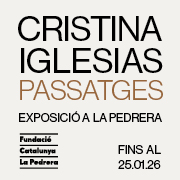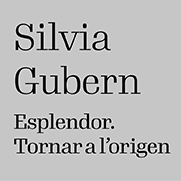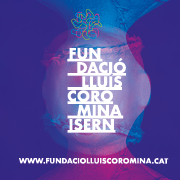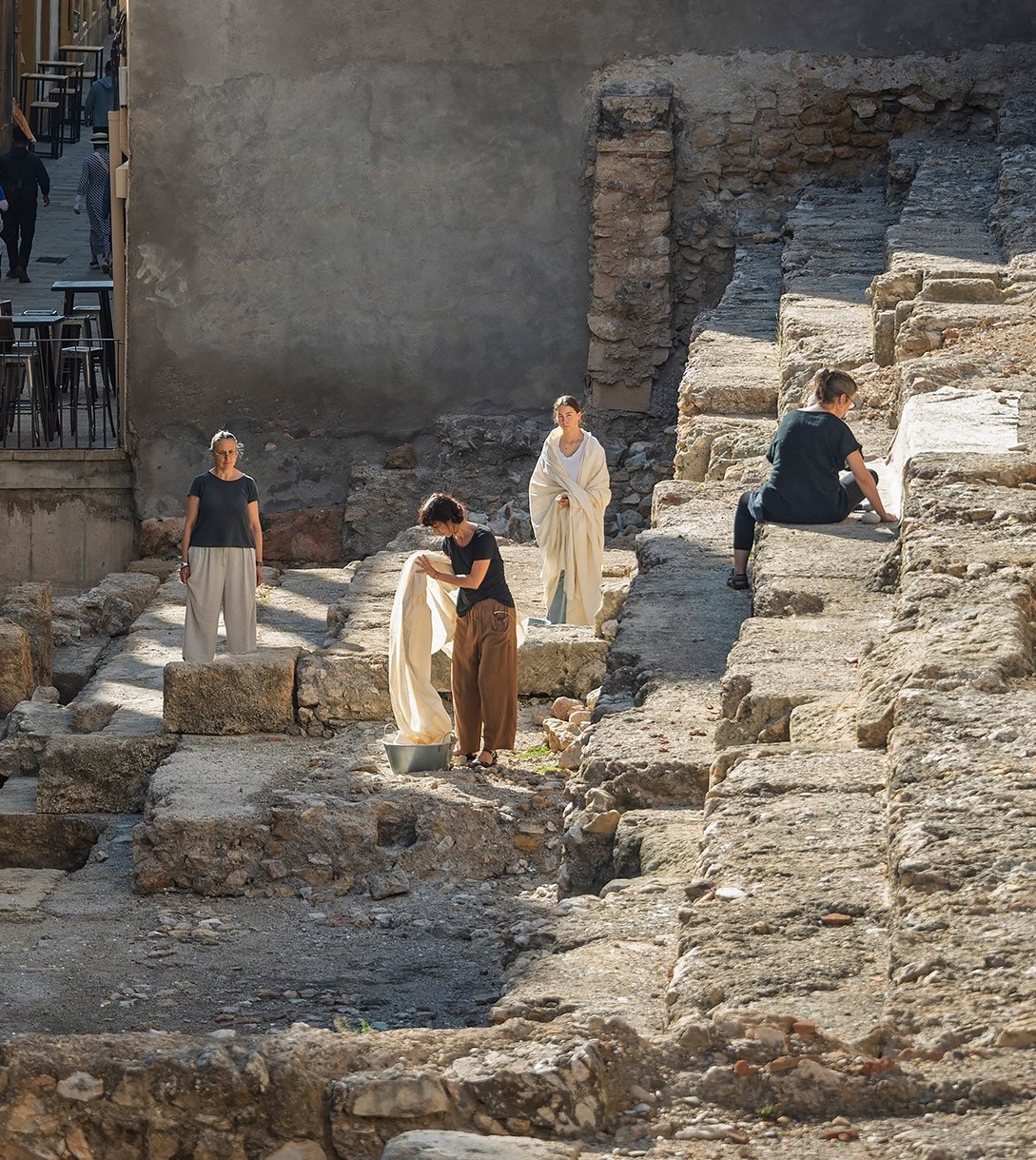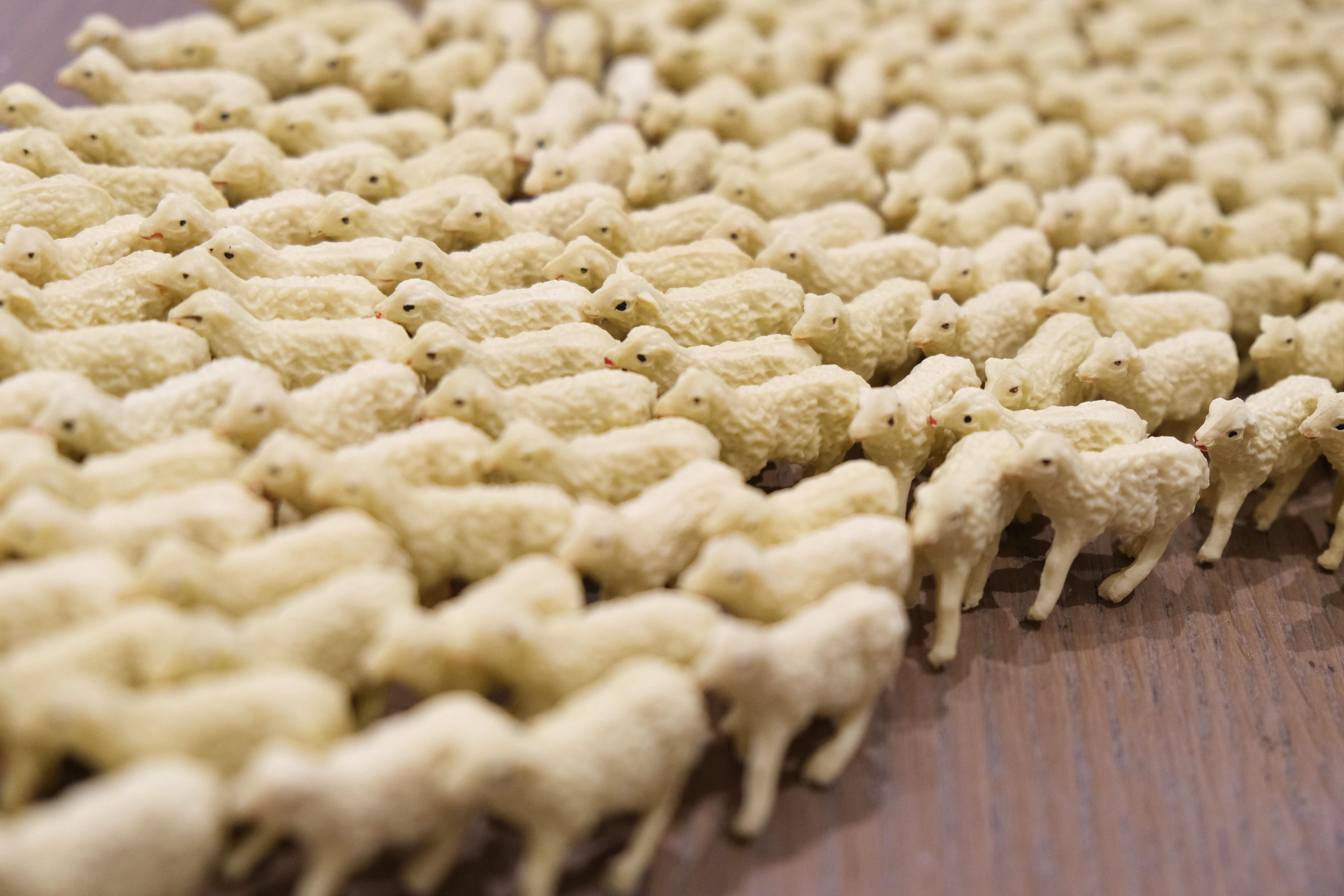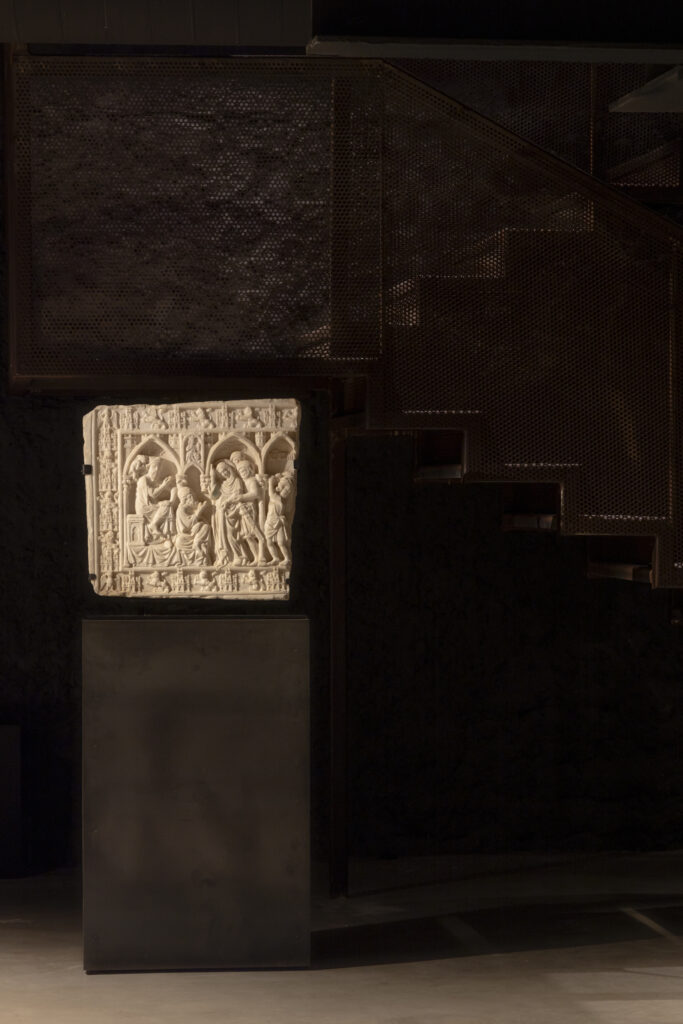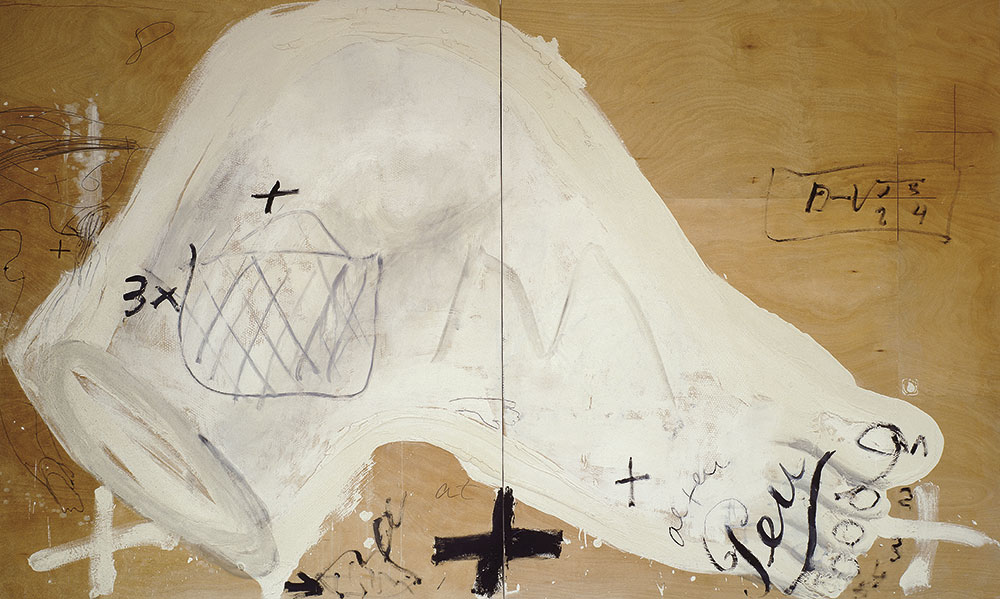Exhibitions
The flowers that grow in the abyss that I am: art and dissidence
An exhibition that rethinks collective memory and claims future more flexible ways of seeing and inhabiting the world.
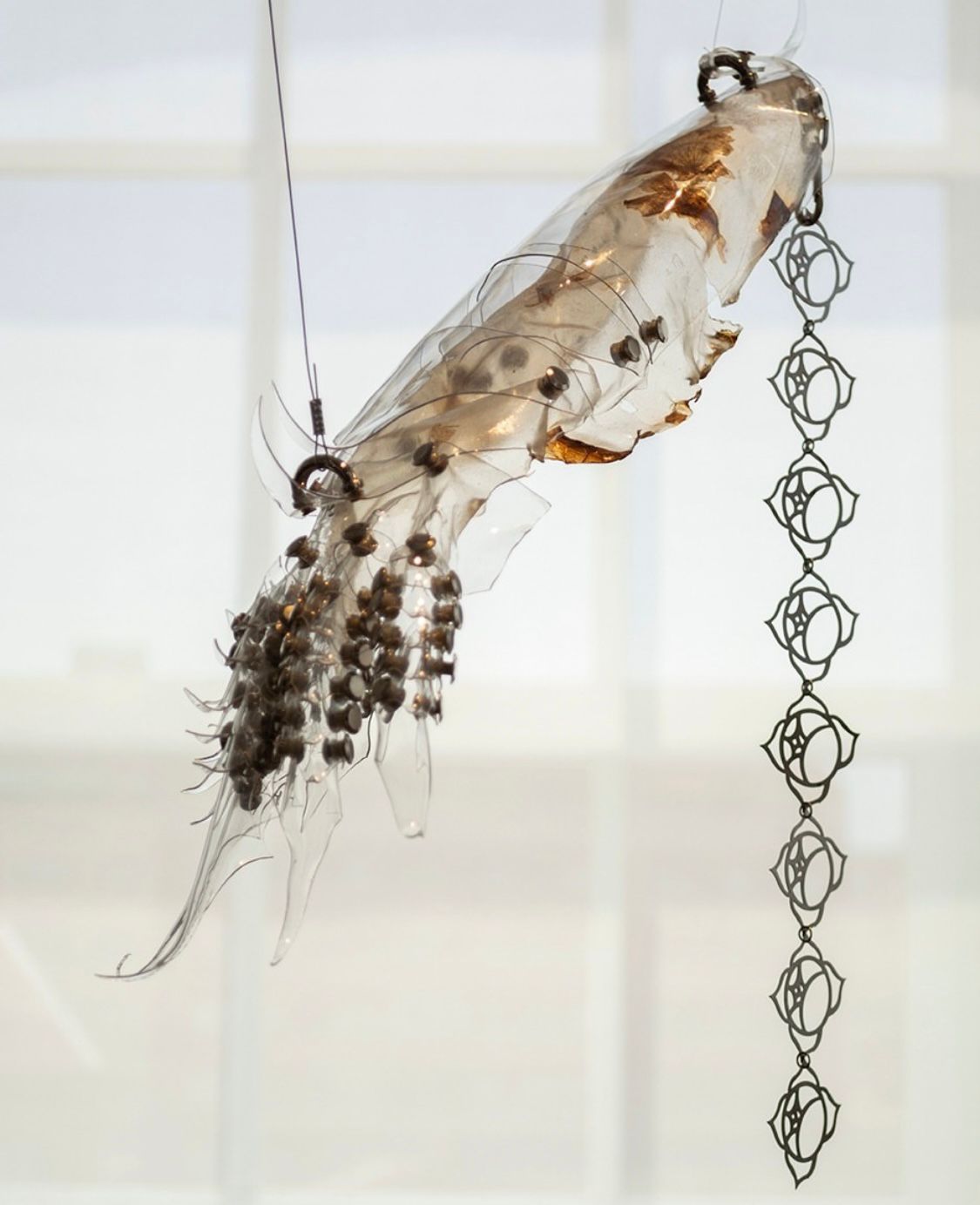
Sant Andreu Contemporani presents a new edition of the finalist works of the Miquel Casablancas call, a meeting platform for artistic practices that question the limits of what is considered normative. With the title The flowers that grow in the abyss that I am, the exhibition, which will be open until July 20, brings together eleven proposals that have complexity and dissidence as their main creative impulse, sharing a critical and experimental look that transcends the simple competitive scope.
Centuries ago, art warned that when reason falls asleep, monsters are born. If before these seemed easy to identify in the faces of global politics, today they hide within society itself, disguised as common sense and freedom. In this ambiguous scenario, the border between democracy and authoritarianism is blurred, and a regime that has already been described as "neofeudalist" is opening up.
Some of the works on display reflect this reflection from very different perspectives. Lucas Selezio de Souza , in Sin título, from the Plus ultra series, revisits colonial cartography through embroidery, denouncing how the discourse of civilization projected the figure of the monster towards the very heart of systems of power. Usama Mossa , with Hombre de Barro / الطين رجل, draws on his own family history to address the persistent violence against the Palestinian people and uprooting as a shared experience.
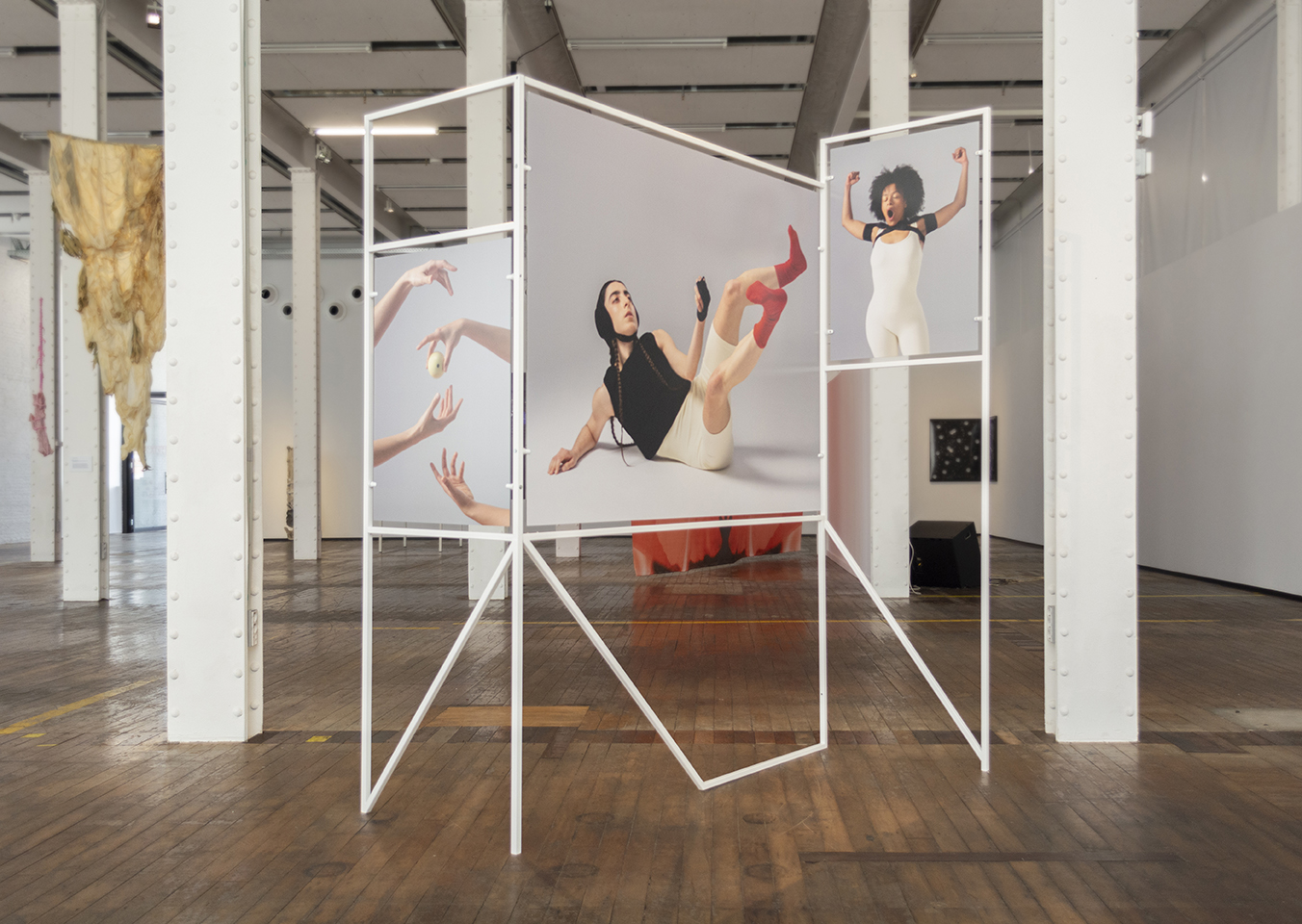 Las hijas de Minerva, Laura San Segundo i Alejandría Cinque.
Las hijas de Minerva, Laura San Segundo i Alejandría Cinque.
Monstrosity becomes, in many proposals, a form of resistance. Miguel Rubio Tàpia uses it to denounce the historical manipulation surrounding the Guanche in the Canary Islands, while Daniel Cao explores biofuturism in VINADER: SONS BIOLÒGICS, a narrative that fuses science fiction and speculation about extraterrestrial life. On the other hand, Laura San Segundo and Alejandría Cinque symbolically intervene in masculinized spaces —such as billiard halls— in Las hijas de Minerva, where they re-signify the figure of the goddess to question the places designed for male sociability. In a different vein, Jorge Isla presents Fotosíntesis, a piece where holes appear on a technological body that denounces the impact of human action on nature.
The body plays a central role, as a space of conflict, construction and survival. Txe roimeser approaches it from both an autobiographical and collective perspective in abrazar con las piernas –antes, durante y después de la anesthetía total–, an installation that documents a process of physical and emotional transformation. Paula Vilageliu Porlein , for her part, focuses on the affective dimension of contact in Abrazo y dejo un _, where voids and shapes unfold from touch.
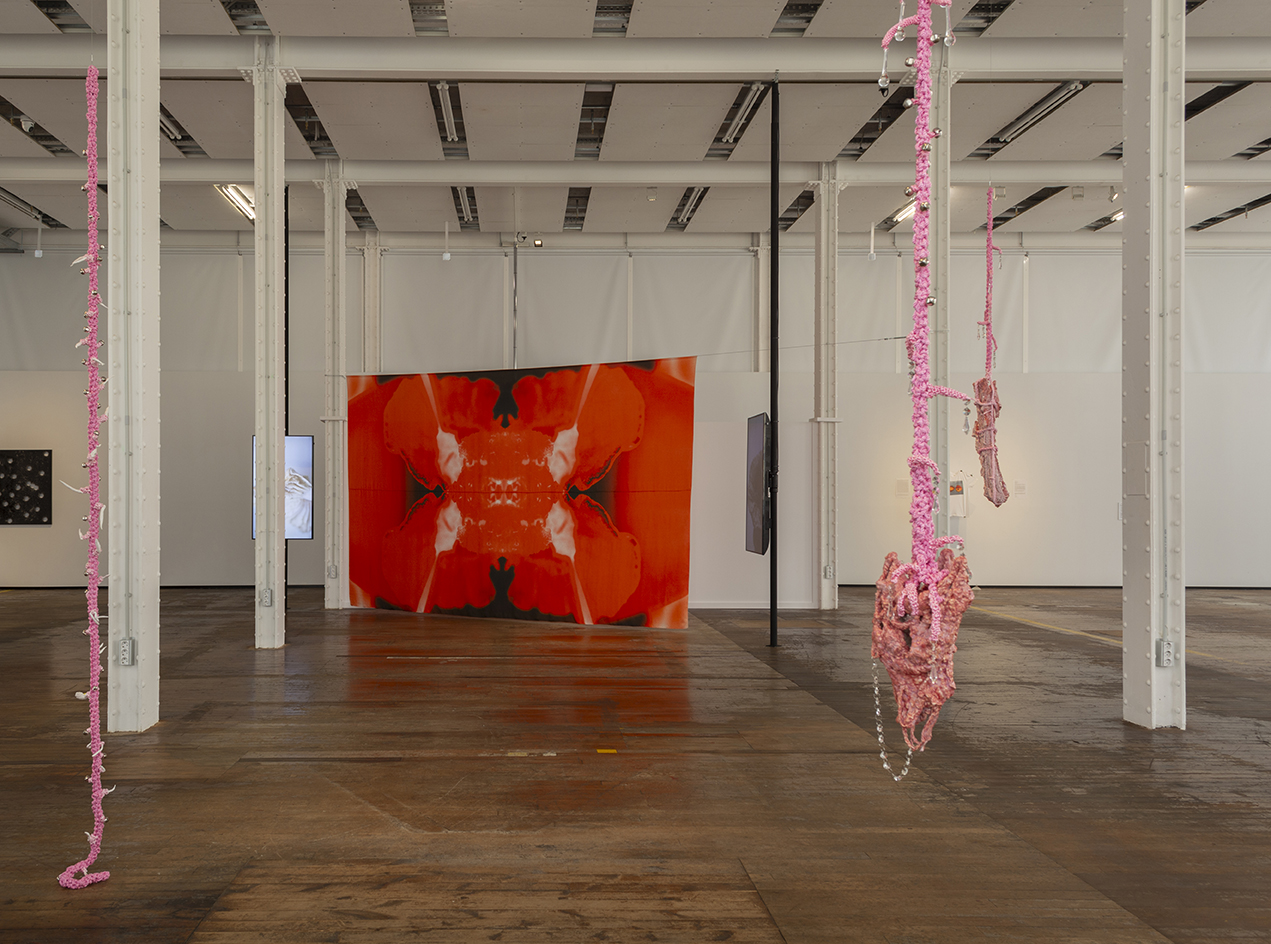 Les flors que creixen en l’abisme que soc a Sant Andreu Contemporani.
Les flors que creixen en l’abisme que soc a Sant Andreu Contemporani.
Other proposals explore hybridization as a response to the established order. Maya Pita-Romero does so in Una lengua cansada, imagining bodies between the vegetable and the human, marked by scars and fragmented identities, from which a language as artificial as art or culture is born. Victoria Maldonado transforms the grotesque into an aesthetic of her own in Folklore de ultratumba, where the skin is disfigured to create new ways of inhabiting. Finally, Ali Arévalo presents La rebelión consiste en mirar una rosa hasta pulveriserse los ojos, where soft and non-binary bodies become spaces of dissident pleasure and vulnerability, in a revolt that is reinvented in each petal, in the middle of the abyss that flesh itself represents.


